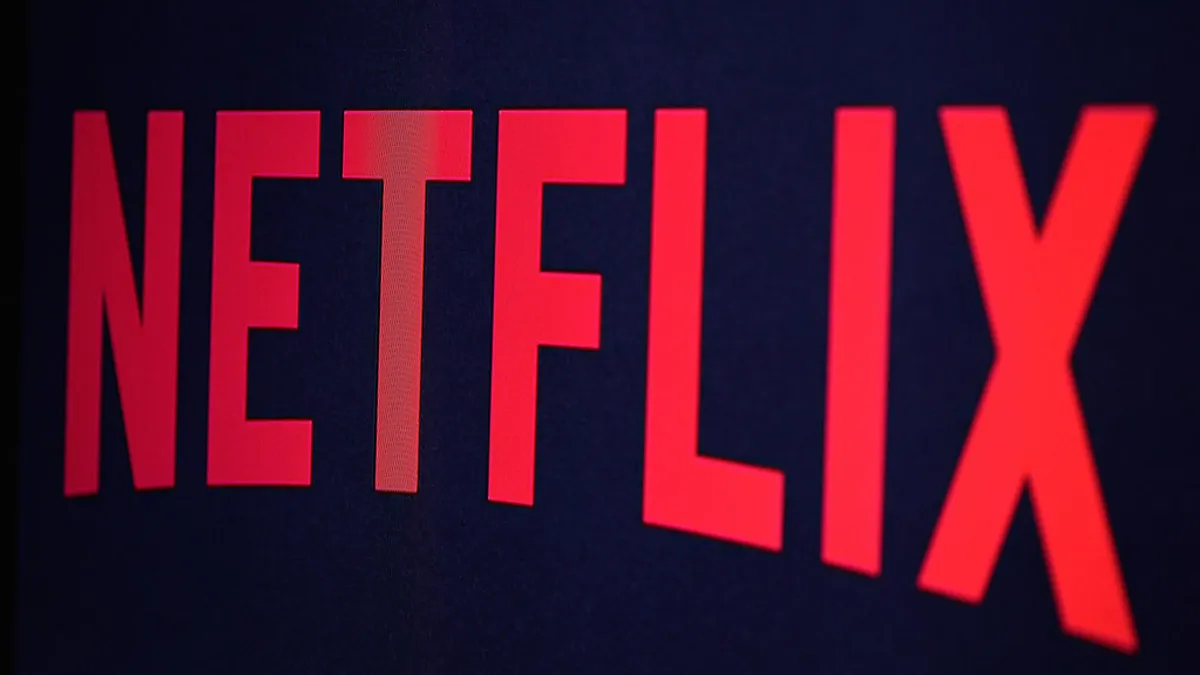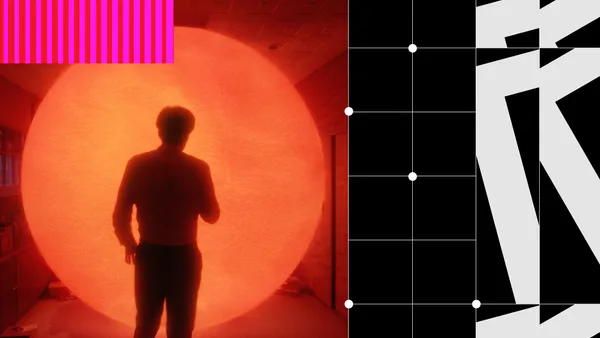Dive Brief:
- Netflix considered making an ad-supported tier its default option similar to Amazon but decided against forcing subscribers into a change, Co-CEO Greg Peters said on an analyst call discussing the company’s Q4 results Tuesday.
- Netflix’s advertising segment grew 70% quarter-over-quarter in Q4 while adding 8 million monthly active users (MAUs) to reach a 23 million MAU total. The streamer did not break out specific revenue figures for ads but its overall financials impressed Wall Street.
- Peters’ comments came as a limited number of commercials are expected to arrive on Prime Video in select markets this month. The move will heat up competition with Netflix in the fast-growing connected TV (CTV) arena.
Dive Insight:
After a somewhat bumpy start, Netflix’s advertising business appears to be gathering steady momentum. In Q4, the segment experienced a rate of growth comparable to the prior quarter while adding a chunk of new users to achieve 23 million MAUs. Total company revenue during the period was up 12.5% year-over-year to $8.83 billion, above analyst estimates. Asked about future growth targets for advertising, Peters stated that there isn’t a “magic MAU number.”
“I think it’s fair to say that we’ve still got plenty of room to grow in all the markets that we operate in,” said Peters. “And we’re focused on the additional work that we can do in that space. That means making the ads plan more attractive.”
Netflix’s top priorities with its advertising unit are scale and increasing sophistication on the technology and go-to-market fronts, including by building out internal teams. Peters pointed to binge sponsorships as a piece of the entertainment giant’s efforts to evolve its advertising to the next level. Netflix in November also ran its first custom co-branded campaign for Geico for the premiere of the animated Adam Sandler vehicle “Leo.” Still, areas of the business remain a work in progress.
“We’ve got tons to do on improved measurement,” said Peters. “We want to launch more ads products … we have to build, increasingly, the capability to be better partners with advertisers and serve their needs.”
Another question is whether Netflix can sustain its current hot streak amid an influx of competition in the CTV space, which was forecast to hit $25 billion in spending in 2023. Amazon will begin to roll out ads on Prime Video toward the end of January, with members having the choice to pay an extra $2.99 per month to preserve the commercial-free experience. Netflix once considered pursuing a similar approach but decided that it would be too jarring to subscribers accustomed to ad-free streaming.
Instead, Netflix seems to be leaning on simple economics to attract members. Netflix’s cheapest ad-free offering is $15.49 per month with the ongoing phaseout of the Basic plan. The price point could make the ad-supported route appealing as viewers get more selective with subscriptions.
Live programming is also a key piece of the streamer’s future as it looks to go toe-to-toe with offerings like Amazon’s “Thursday Night Football.” Netflix earlier this week unveiled a $5 billion deal to bring WWE’s “Raw” to its service beginning in 2025. The 10-year pact includes the development of scripted TV and films.
Discussing the opportunity, Netflix Co-CEO Ted Sarandos said WWE could act as an “inverse of Formula 1.” Netflix has played an important role in drawing U.S. audiences to the premium racing sport that is popular abroad and now aims to help global viewers discover pro wrestling, which is largely rooted in the U.S.
“We believe that WWE has been, historically, under-distributed outside of North America,” said Sarandos on the analyst call. “This is a global deal, so we can help them and they can help us build that fandom around the world.”















